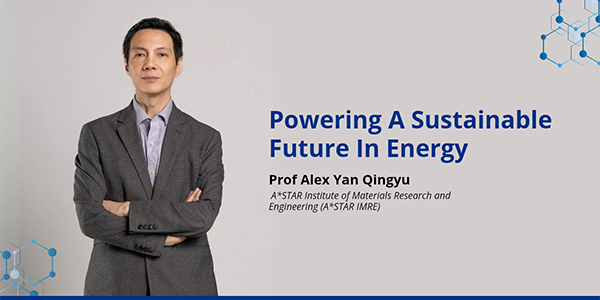Engineering future foods
Published on 14 May 2023 | By Tan Hsueh Yun| Source: The Straits Times © SPH Media Limited. Permission required for reproduction.
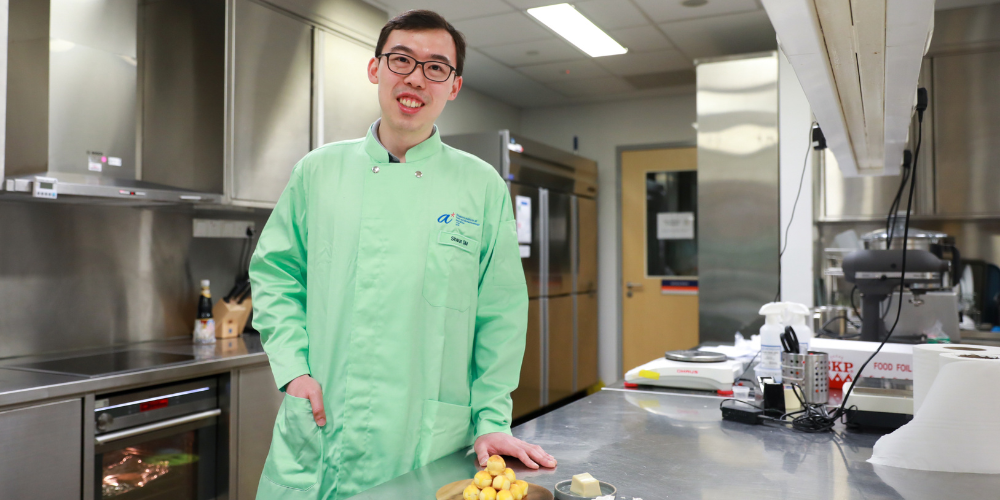 Dr Shaun Sim, junior principal investigator at A*STAR’s Singapore Institute of Food and Biotechnology Innovation, makes high-protein pudding by putting lentil protein, water or plant-based milk, and vegetable oil through High Pressure Processing. ST PHOTOS: RYAN CHIONG
Dr Shaun Sim, junior principal investigator at A*STAR’s Singapore Institute of Food and Biotechnology Innovation, makes high-protein pudding by putting lentil protein, water or plant-based milk, and vegetable oil through High Pressure Processing. ST PHOTOS: RYAN CHIONG
Food scientists at A*STAR are boosting nutrition in everyday bites.
What if the silken tofu you buy at the supermarket can pack in a lot more protein? What if the pineapple tarts you snack on while watching Netflix have a lot less saturated fat? What if you can top your rice with “salmon” flakes made with plants?
Scientists and researchers at A*Star’s Singapore Institute of Food and Biotechnology Innovation (SIFBI) are working to make these, and other impossible seeming food dreams, come true.
The institute was set up in 2020 to advance Singapore’s aim to become Asia’s food innovation hub. It also works to bring the Republic closer to its 30 by 30 goal, which is to produce 30 per cent of its nutritional needs by 2030.
In laboratories and kitchens at Biopolis and Kent Ridge, some 185 scientists and researchers work on prototypes of these new foods and ingredients. Details are everything – the institute studies the way people from different ethnic groups perceive taste, for example.
There is also an evaluation process, where subjects are recruited to eat the creations. The institute measures their sensory responses and looks at the way the food impacts their blood sugar and cholesterol levels, and other parameters.
Any health claims have to be clinically validated.
Professor Christiani Jeyakumar Henry, 70, the institute’s deputy executive director, says SIFBI’s goal is to drive innovation in food and biotechnology.
“Working with ecosystem partners, we aim to deliver integrated solutions for Asian nutritional health and develop sustainable food products that improve population health, and contribute towards Singapore’s food security and sustainability goals.
“Through our end-to-end research capabilities in food science and technology, we support food and ingredient innovators and manufacturers in developing impactful food innovations and help catalyse the growth of the local food tech industry” he says.
Many projects at the institute involve creating plant-based foods and ingredients.
A spokesman says climate change and disruptions in global supply chains have made it necessary for countries to strengthen their food resilience.
“Alternative proteins such as plant-based proteins are an area where innovations will potentially allow large volumes of protein and food to be produced with relatively small amounts of land and labour, with some innovations doing so in a climate-resilient and sustainable manner,” the spokesman adds.
One project involves creating plant-based “salmon” flakes using soya and chickpea proteins to approximate the texture, taste and nutritional value of the real thing. The team is refining the product and the institute is looking for potential partners to bring the flakes to market.
The institute also has two spinoff companies that are commercialising its food innovations.
One is Nutriient, launched in 2021 by the institute and homegrown venture co-creator firm Origgin, to address the rising rates of diabetes in Singapore.
Its current offering is called Low GI Oat Cookie, a low glycaemic index cookie and cookie premix. The cookie has the crunch of a regular oatmeal cookie, but is formulated to improve gut health and slow down spikes in blood sugar levels.
The company will be working with confectionery, baked goods and beverage manufacturers in Singapore, before tackling the wider South-east Asian market.
For now, the cookies are available from nutriient.sg, although the company will take only bulk orders of at least 30 cookies, each priced at $3.46.
Another spin-off is Noba, which develops healthy noodle formulations for food manufacturers here and overseas. It has a licensing agreement with investment and advisory firm Hafnium to commercialise a low-calorie noodle developed by the institute. The product, made with plant-based ingredients, is high in dietary fibre and has the taste and texture of the yellow noodles commonly eaten in Asia.
Here are three other projects the institute is working on.
PROTEIN PUDDING
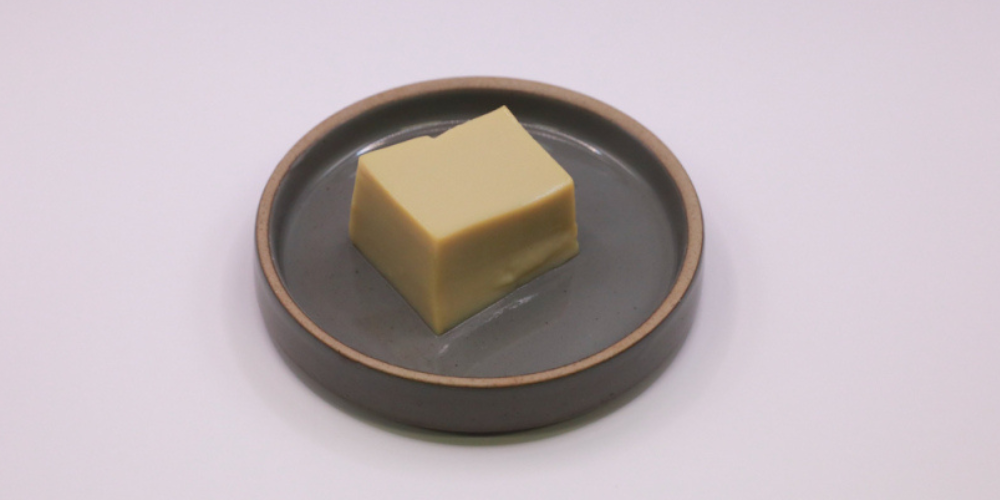
It jiggles like tofu and is soft like tofu, but contains double the amount of protein. The institute developed the protein-rich food for the elderly and hospital patients, who need light, soft and nutritious diets.
Dr Shaun Sim, 33, junior principal investigator, makes these puddings by putting lentil protein, water or plant-based milk, and vegetable oil for creaminess through High Pressure Processing.
The process uses pressure instead of heat to remove microorganisms that spoil food. Turns out, it can also make protein-rich, tofu-like puddings.
“The pressure allows me to create a curd-like texture,” he says.
“You pour the ingredients into the packaging, place it in the machine for five minutes, and it is pasteurised and ready to eat. The pressure allows us to add additional protein without stiffening the product.”
He has tried chickpea, pea, mung bean and fava bean protein, but has found that lentil protein works best. How does it compare with silken tofu? He says that 100g of silken tofu contains about 5g of protein, compared with the lentil equivalent, which has 10g of protein per 100g.
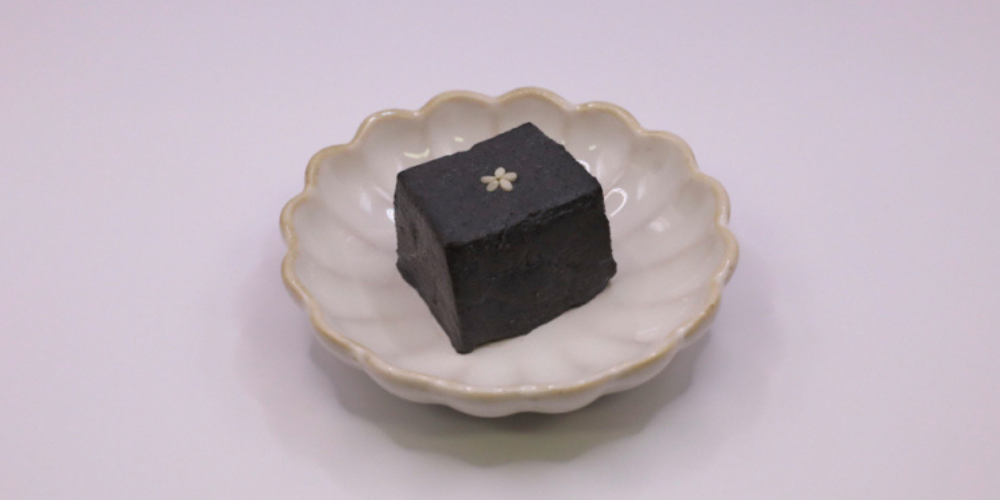
The plain version of the pudding has a faintly nutty flavour with a slightly gritty texture. There is also a black sesame version, lightly sweetened, which has potential as a protein-rich dessert. He has also made a savoury version with bonito and miso. The institute is working with a food manufacturing company to bring the product to market.
Healthier Pineapple Tarts
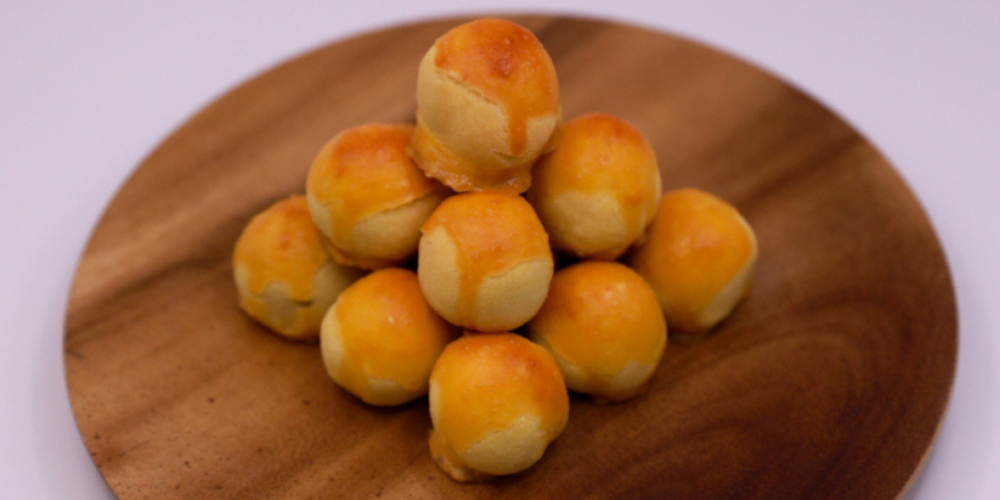 The institute’s creations include pineapple tarts made with gelled olive oil that have up to 70 per cent less saturated fat than regular ones;
protein-rich puddings made with lentil protein; and savoury crackers for the elderly.
The institute’s creations include pineapple tarts made with gelled olive oil that have up to 70 per cent less saturated fat than regular ones;
protein-rich puddings made with lentil protein; and savoury crackers for the elderly.
The search for guilt-free pineapple tarts continues, but researchers at the institute have come up with a healthier fat to replace saturated and hydrogenated fats in commercially made cookies and other baked goods.
Hydrogenation, which transforms liquid oil into solid form, results in a by-product – the dreaded trans fat.
Harvard Medical School calls it the worst type of dietary fat, adding that it raises the amount of bad cholesterol in the blood stream and causes inflammation, which is linked to heart disease, stroke, diabetes, and other chronic conditions.
Over-consumption of saturated fat has the same effect. Instead of hydrogenating fat to make it solid at room temperature, the institute turns olive and healthy oil blends into a gel. This oleogel can be used to replace butter or hydrogenated palm oil in baked goods.
Pineapple tarts made with it contain up to 70 per cent less saturated fats than normal pineapple tarts. A colleague is looking to use it to make Westernstyle cakes and pastries, and Dr Sim has used it as a bread spread. But he thinks there are other savoury possibilities for the oleogel.
A colleague is looking to use it to make Westernstyle cakes and pastries, and Dr Sim has used it as a bread spread. But he thinks there are other savoury possibilities for the oleogel.
He says: “One complaint about plant-based meats is that they come in patty form or in lean cuts. How do you get fat marbling in these products? We create a healthier plant-based fat to use with plant-based meat. Think steaks, pork belly and otoro (fatty tuna).“
The ultimate challenge: to create a plant-based fat that will brown like butter.
CRACKERS FOR GRANDMA
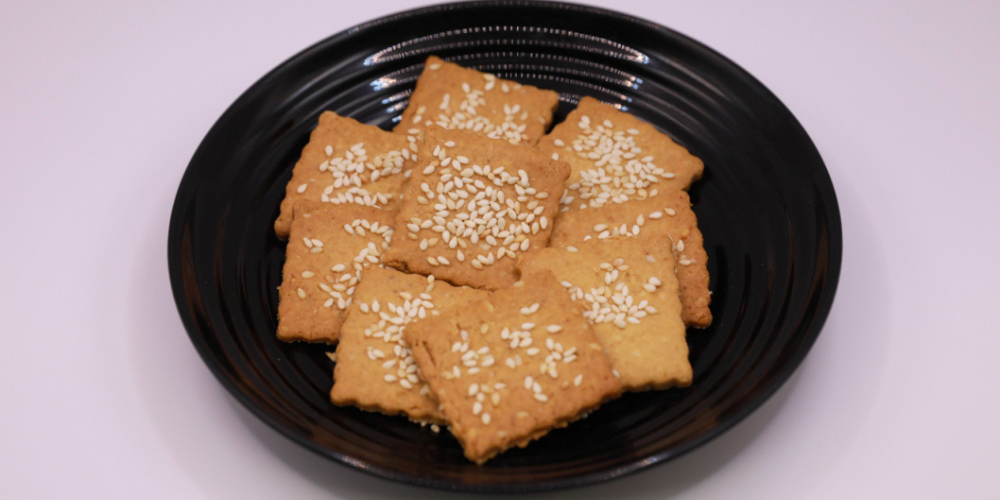
Cutting-edge technology to create ingredients for the future is well and good, but that is not all the institute is doing.
It is developing a savoury cracker designed to appeal to elderly people whose appetites and taste buds are blunted by age or illness.
Dr Sim says: “One major challenge is getting adequate nutrition when you don’t feel like eating. Can we create a food product that has an enhanced taste tailored for Asian palates that elderly people would want to eat?”
The result is a gluten-free, vegan cracker made with chickpea and rice flours, nutritional yeast, coconut oil and cashews. Nutritional yeast, which is deactivated yeast in flake, powder or granule form, is popular with vegans, who add it to food for a cheesy and nutty flavour. The institute’s cracker has comparable nutritional values to plain crackers on the market, with 8g of protein and 350 calories for every 100g.
Senior research officer Rina Quek, 33, one of the project’s team members, says it is working to increase the protein content of the crackers.
The institute is looking for potential partners to bring the crackers to market.
A*STAR celebrates International Women's Day

From groundbreaking discoveries to cutting-edge research, our researchers are empowering the next generation of female science, technology, engineering and mathematics (STEM) leaders.
Get inspired by our #WomeninSTEM

